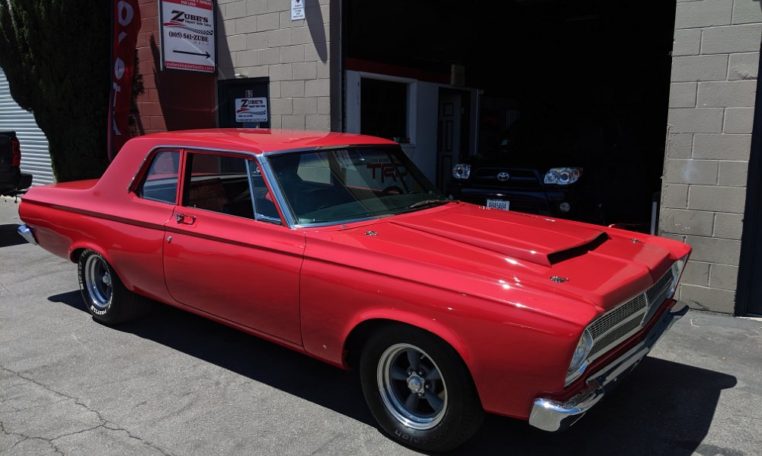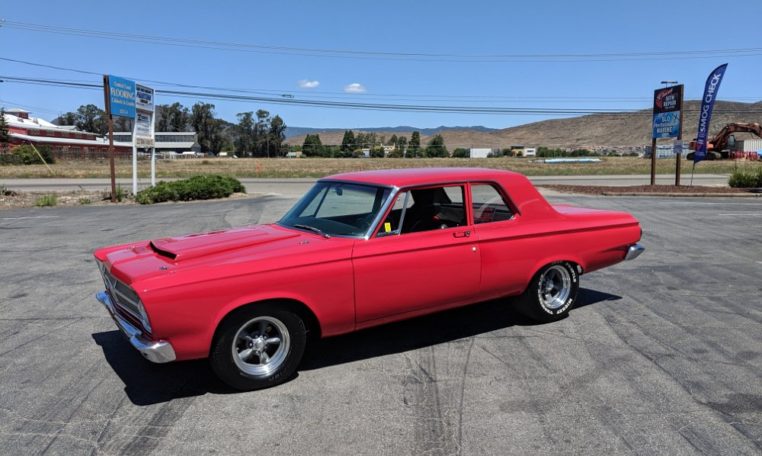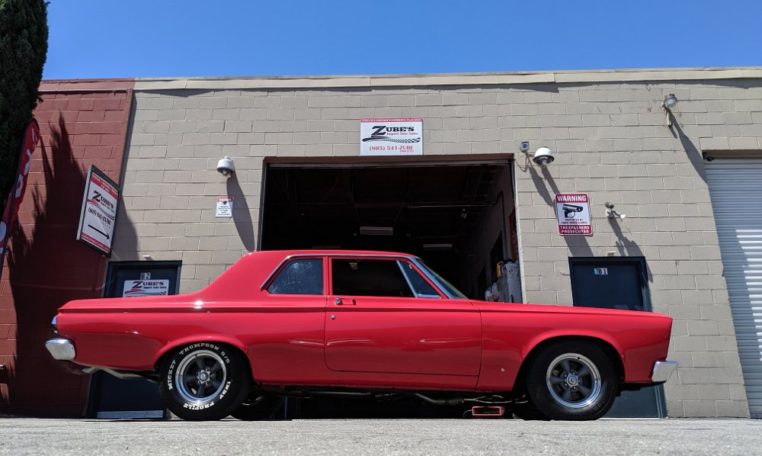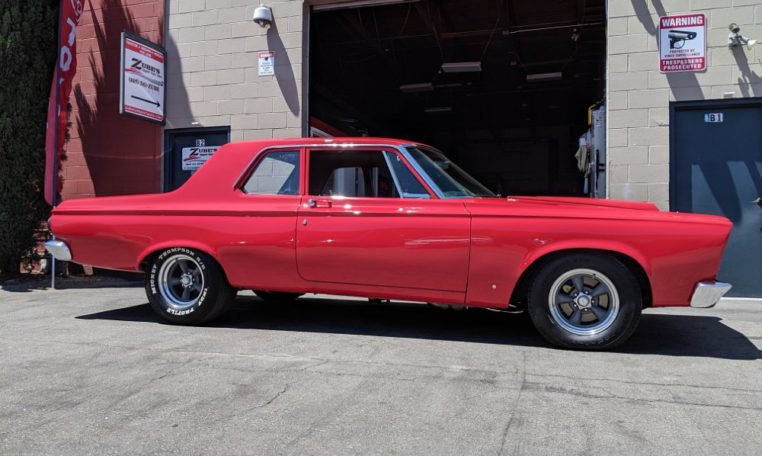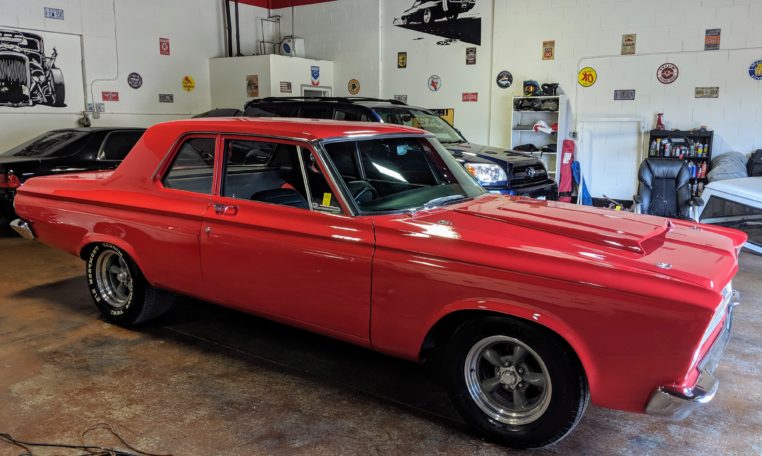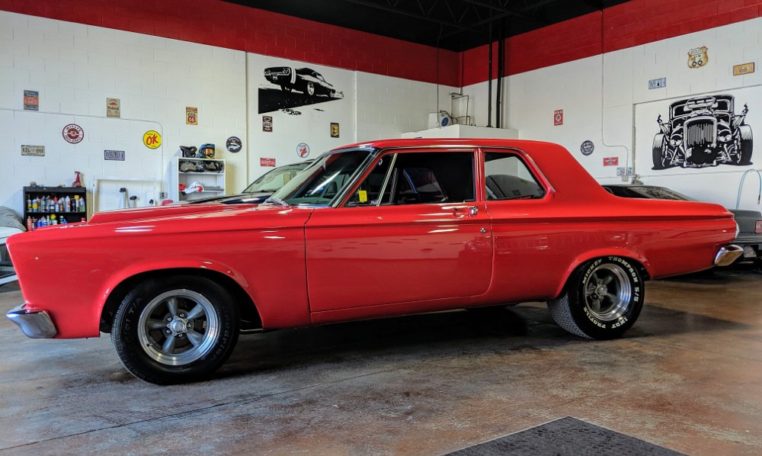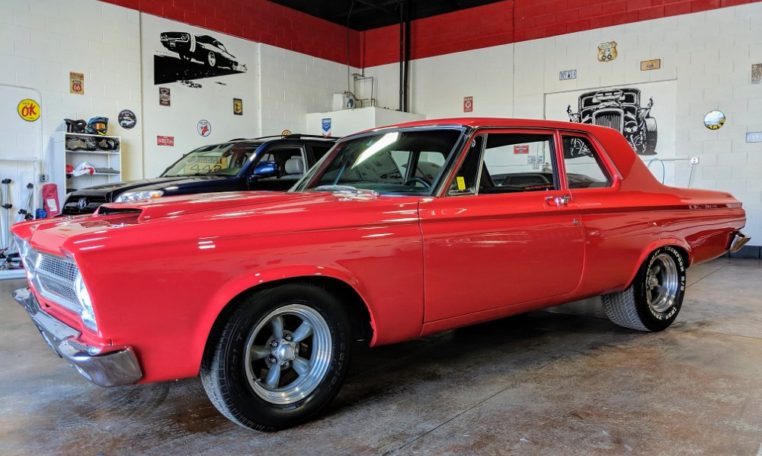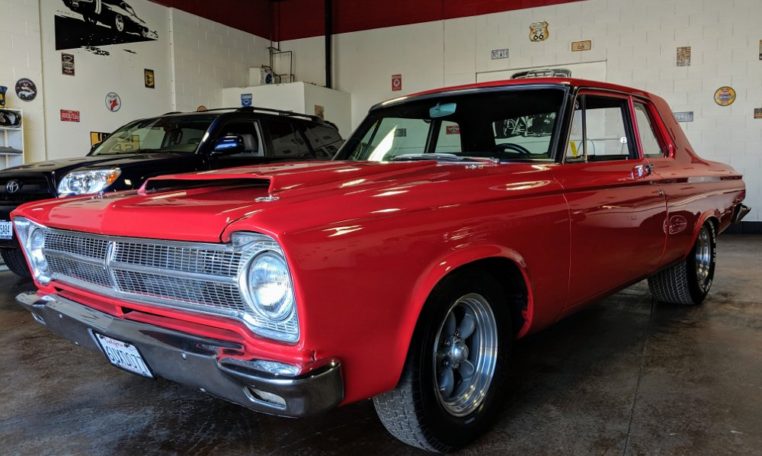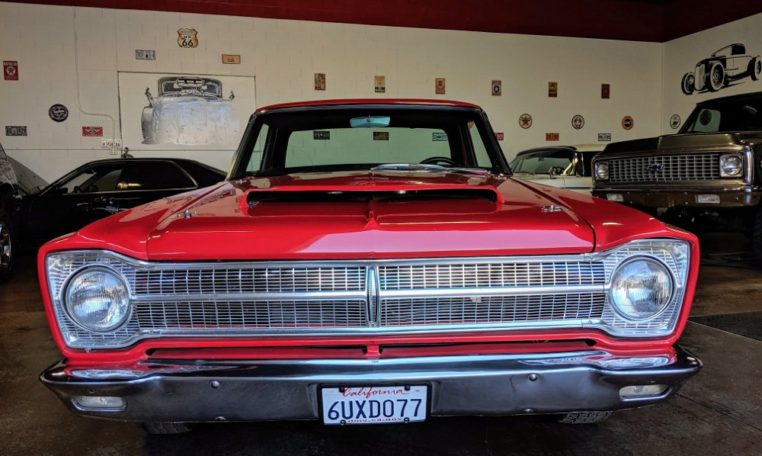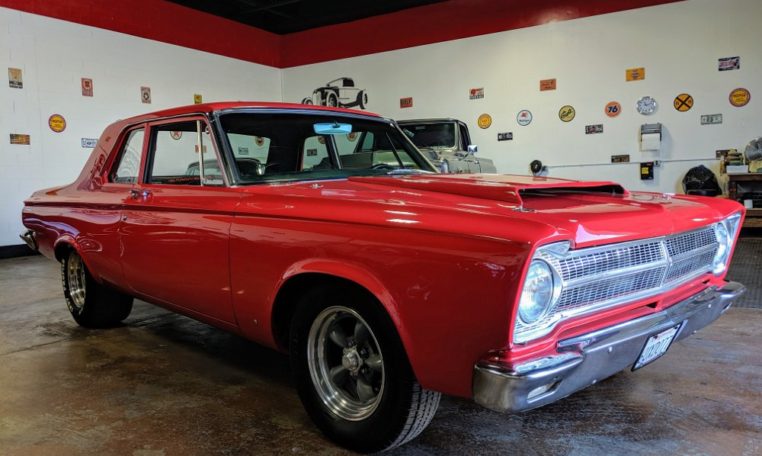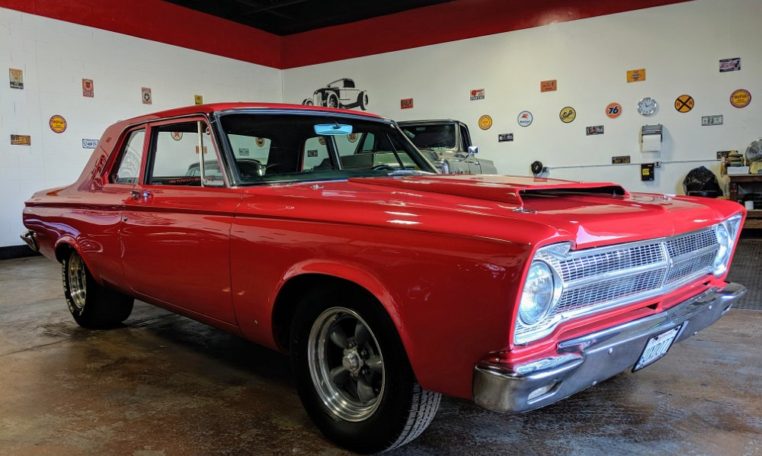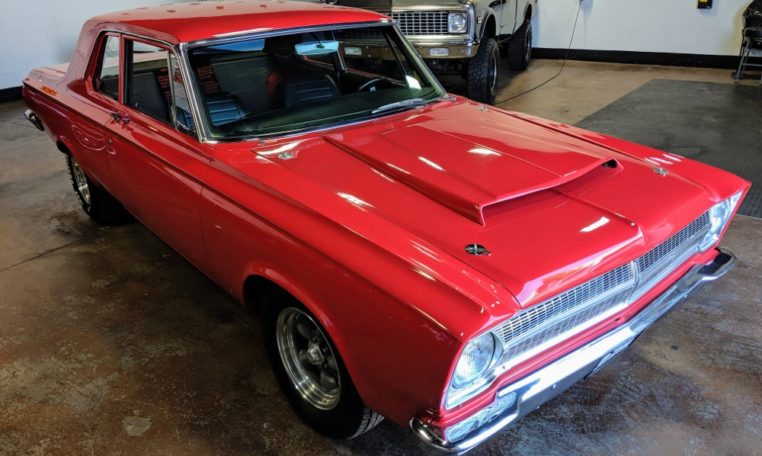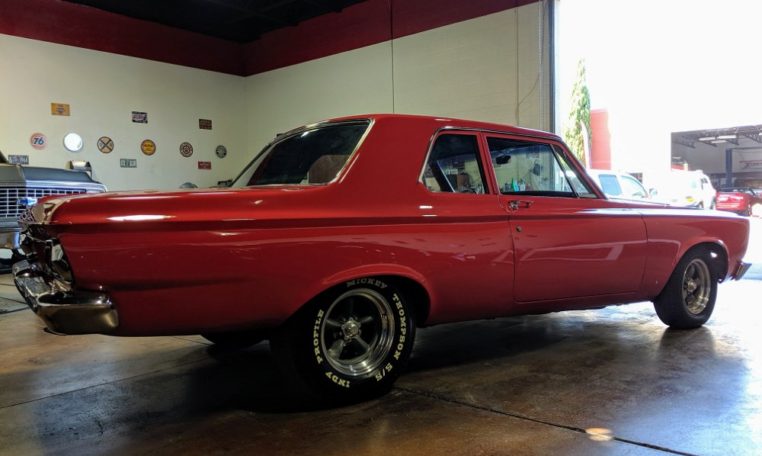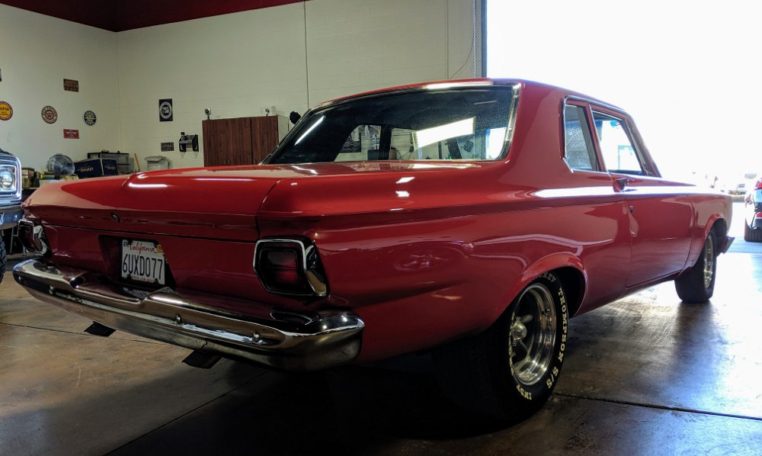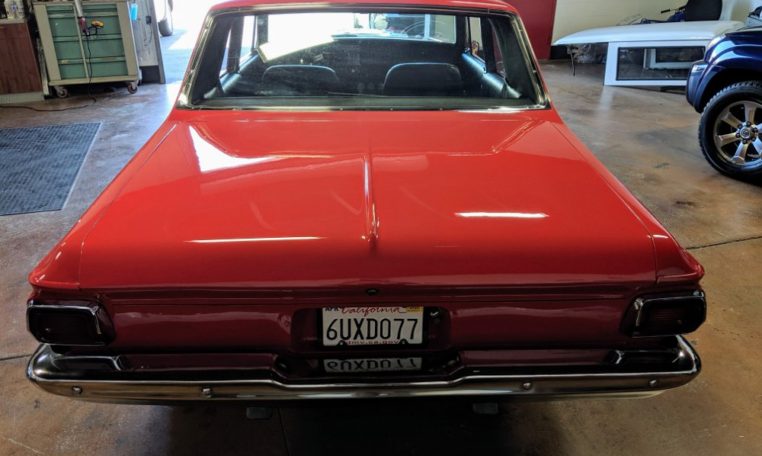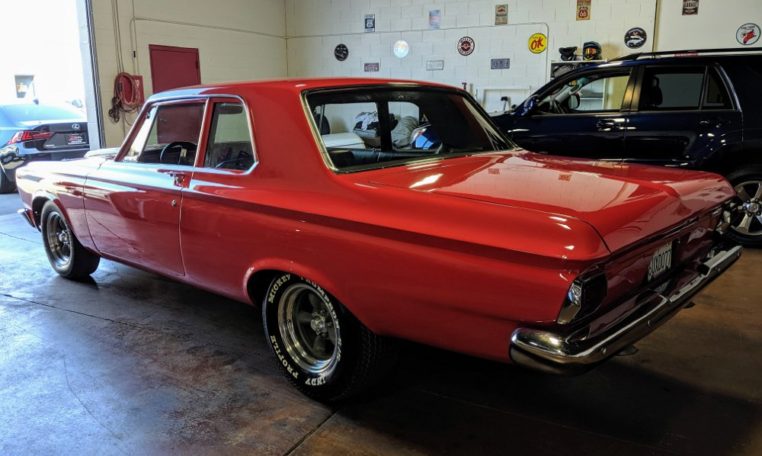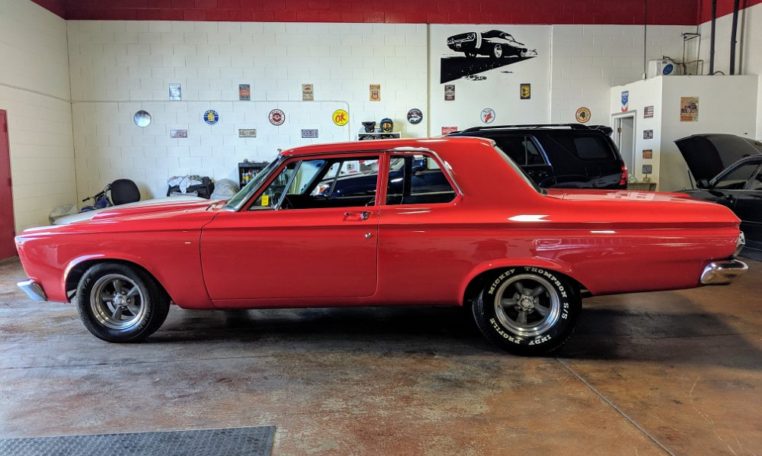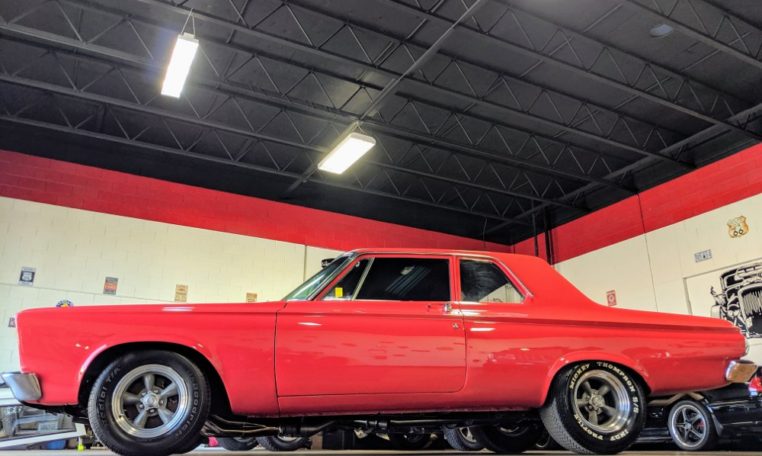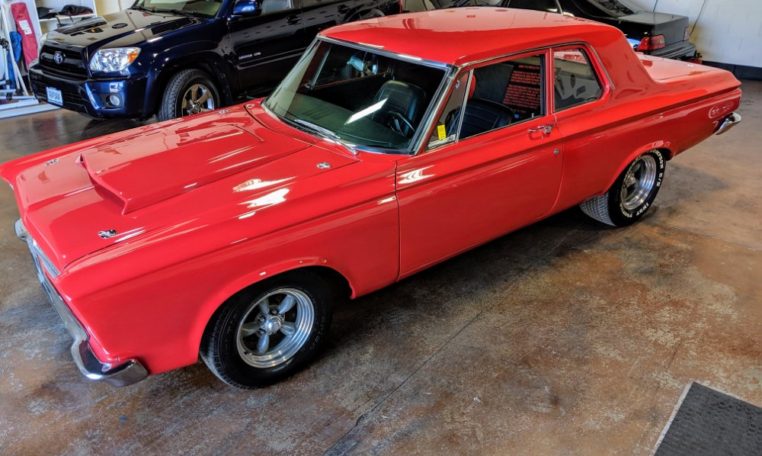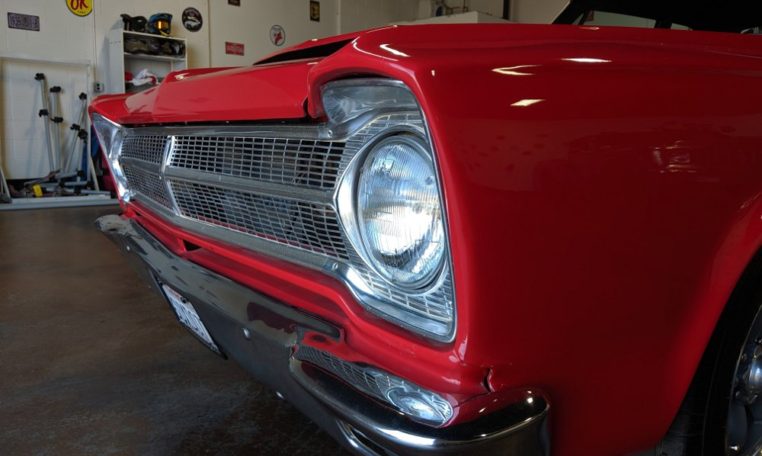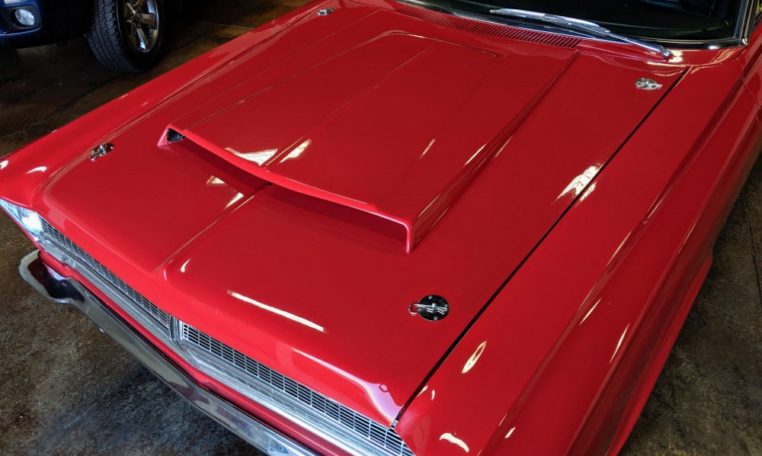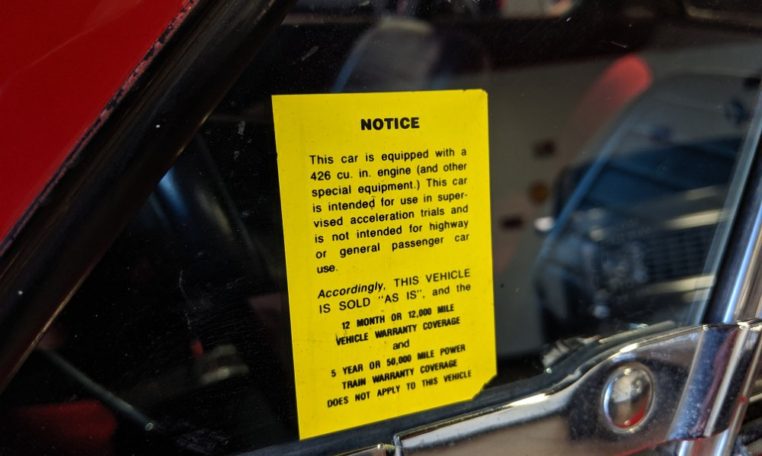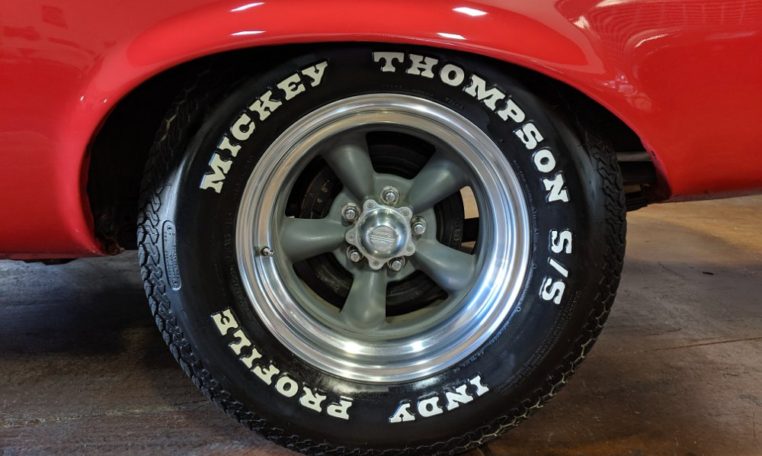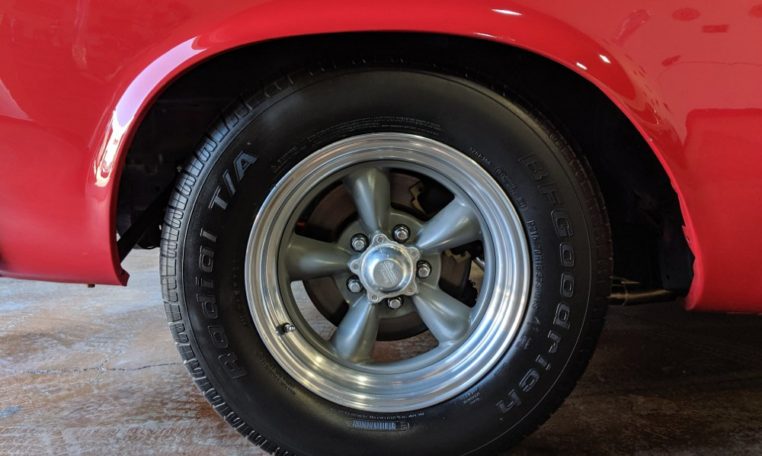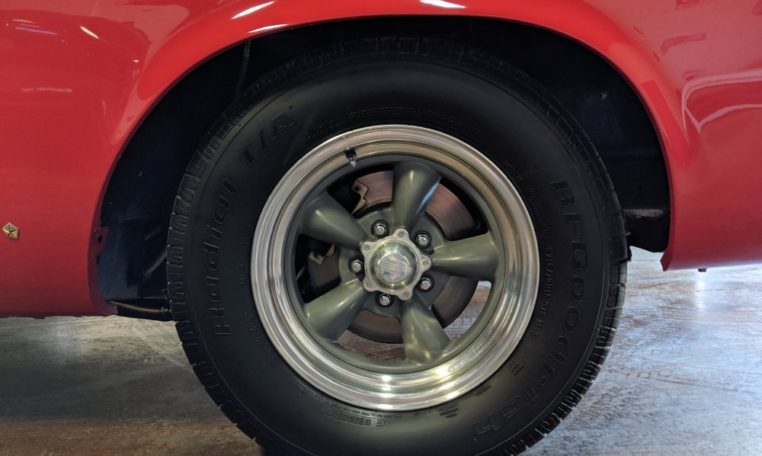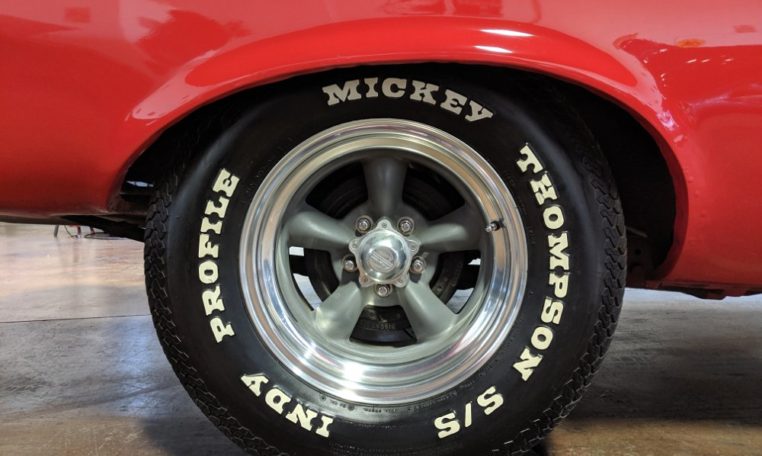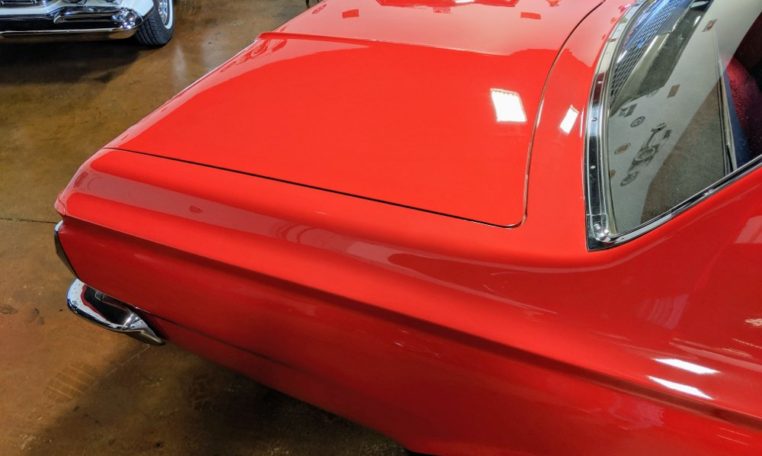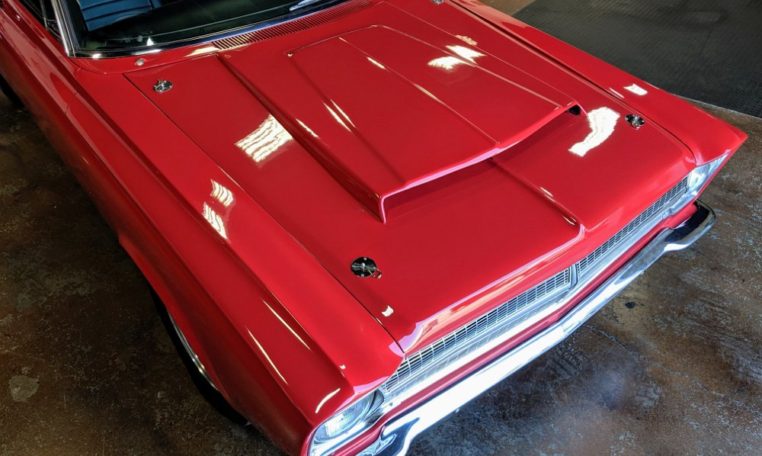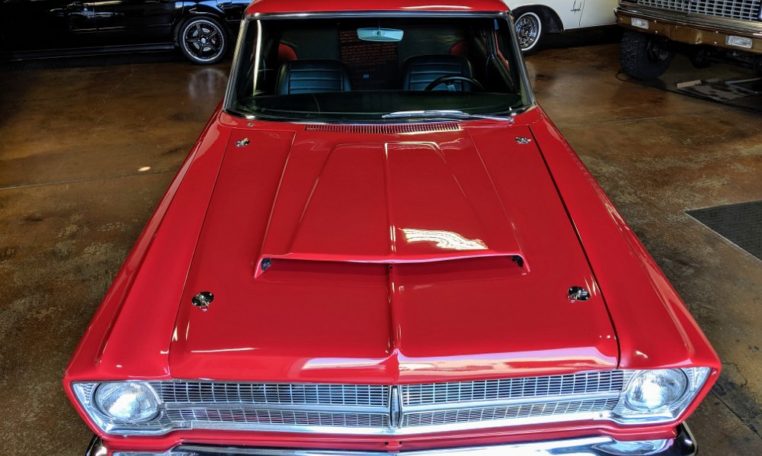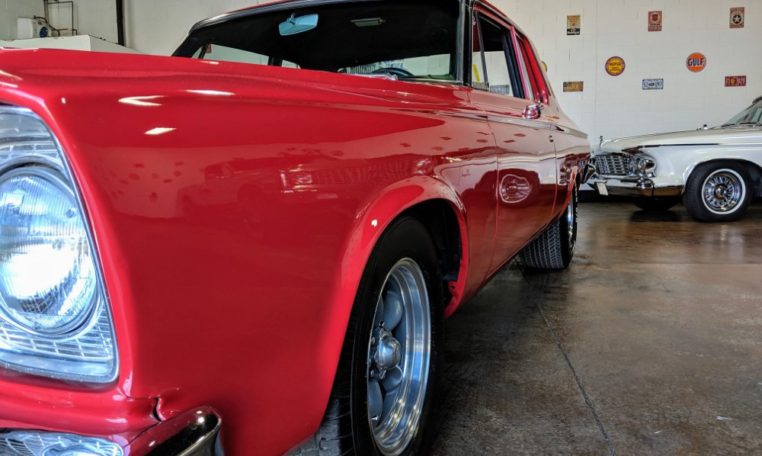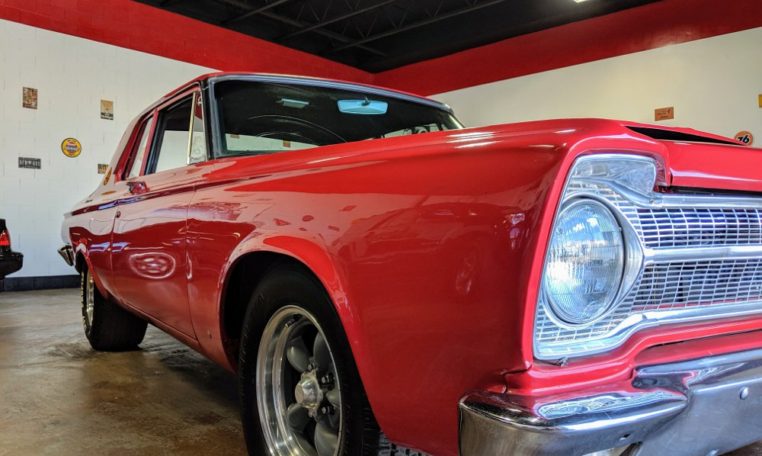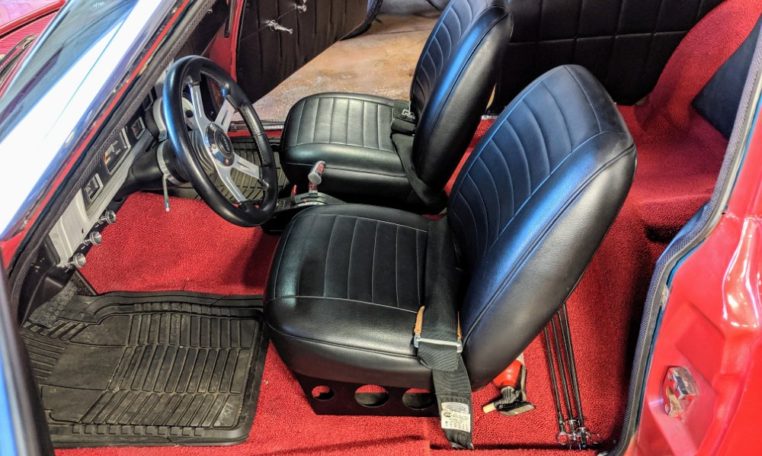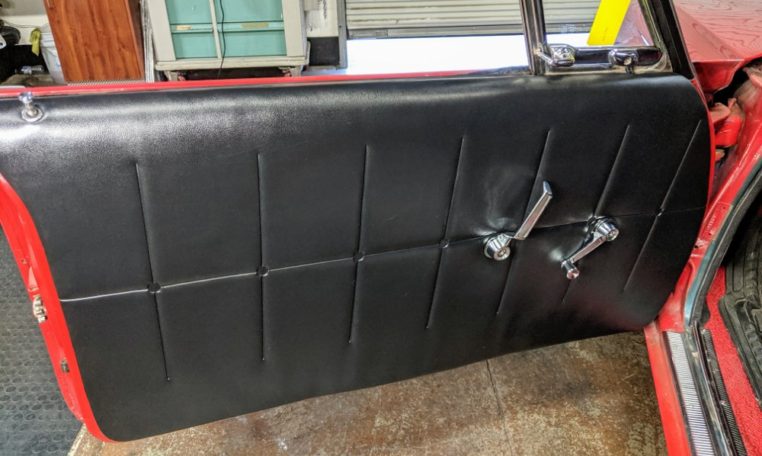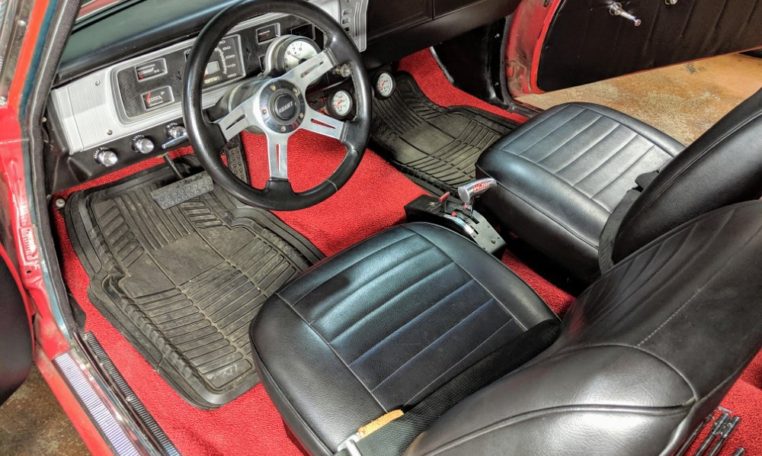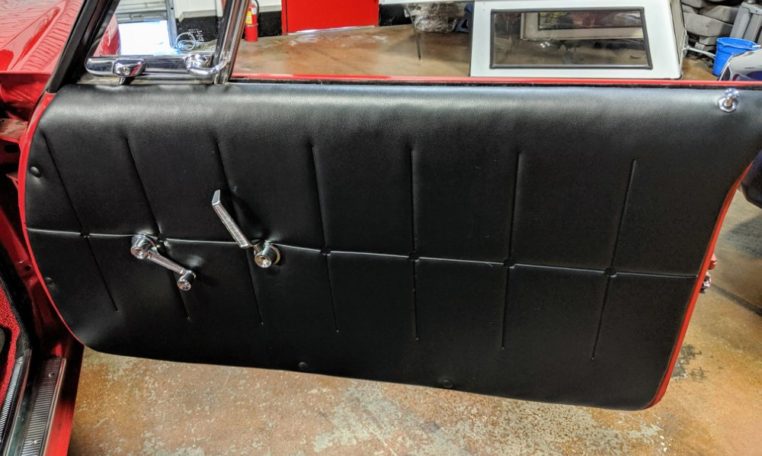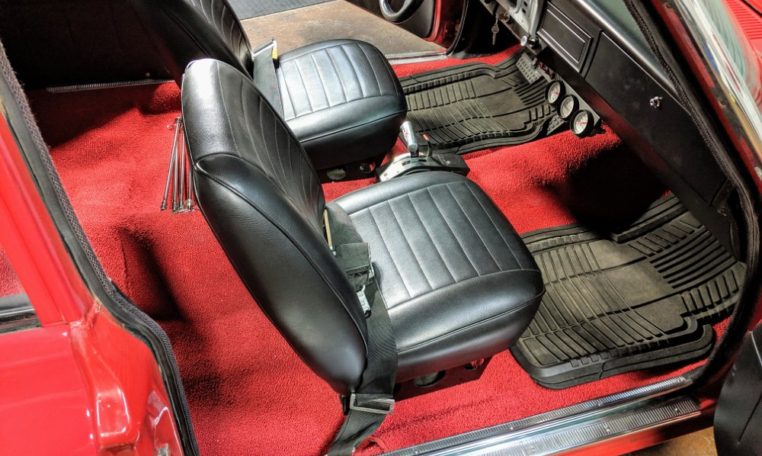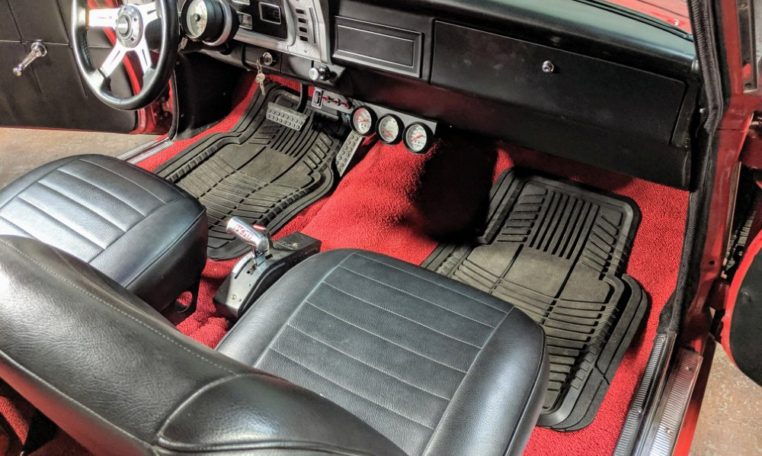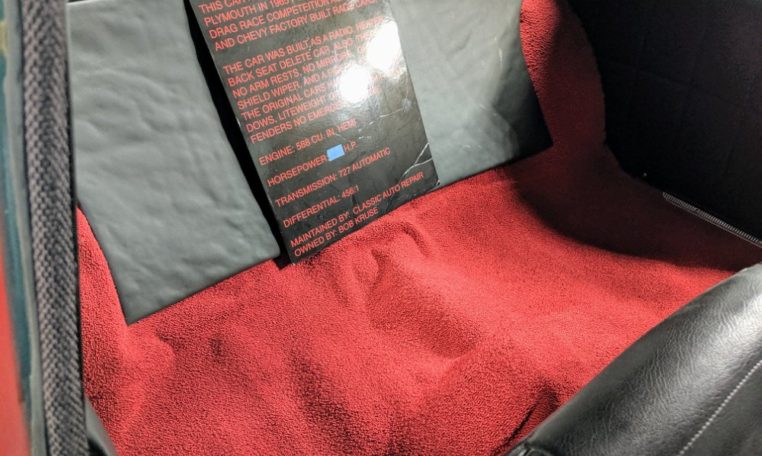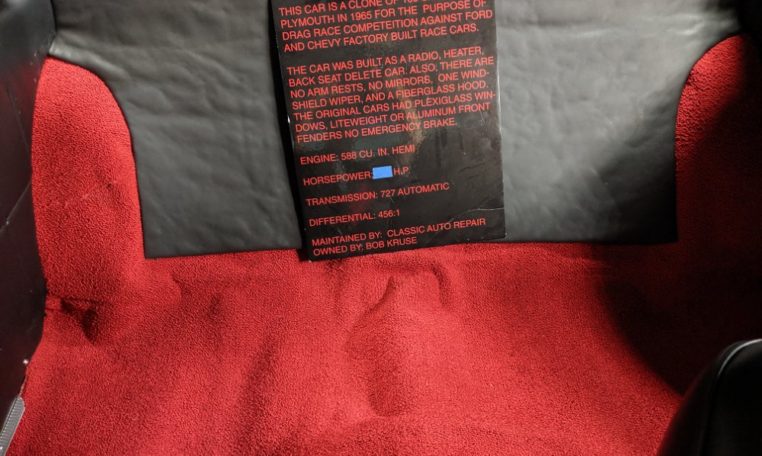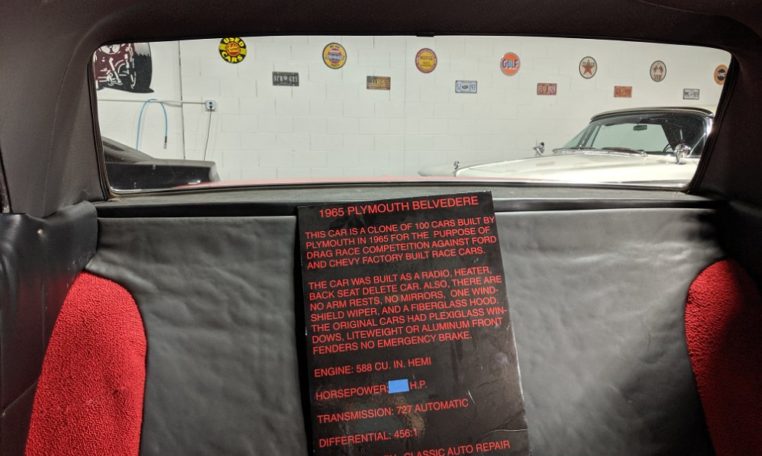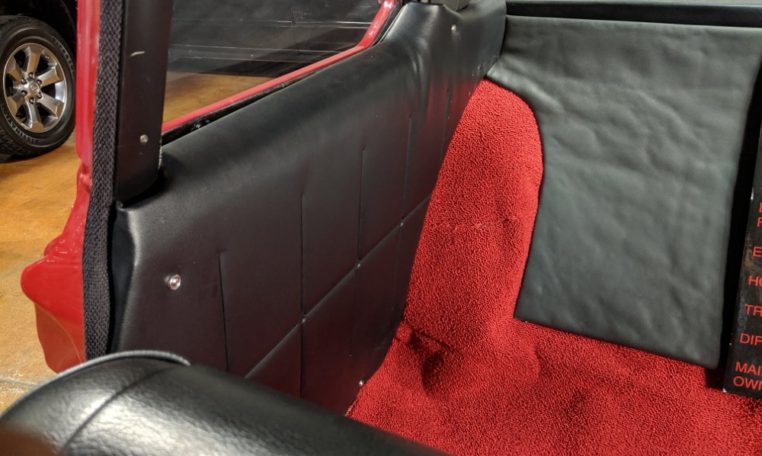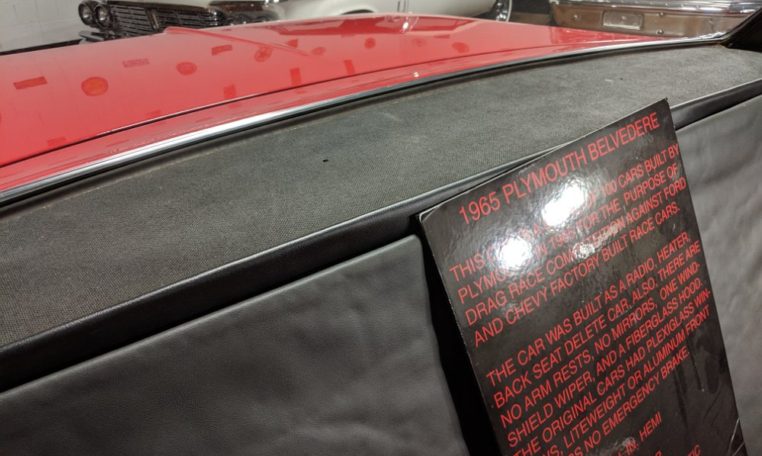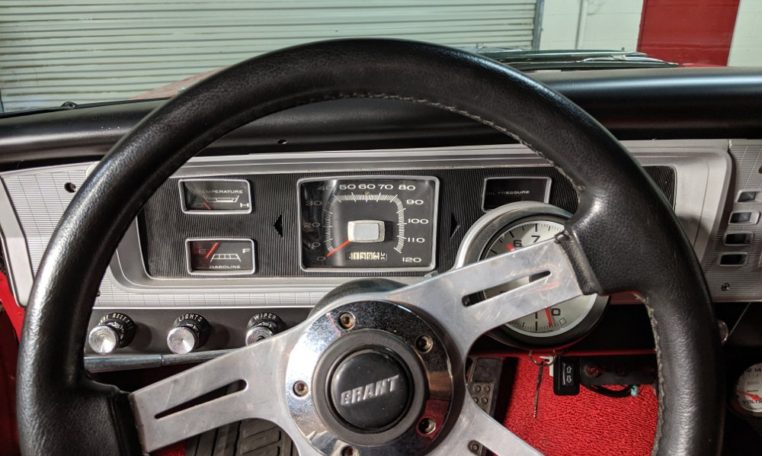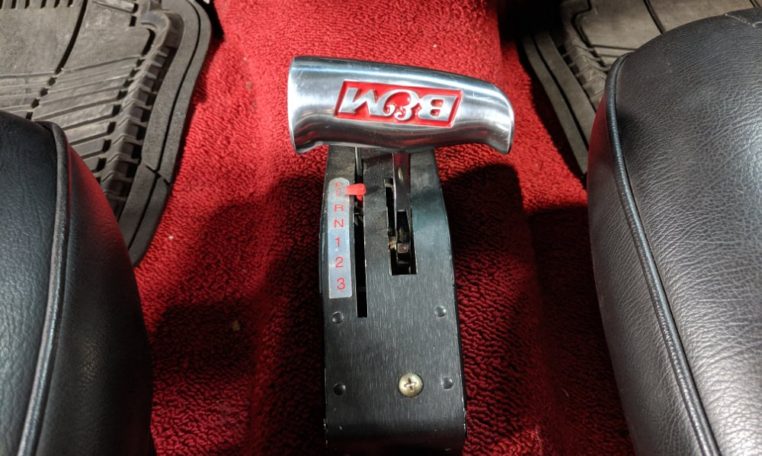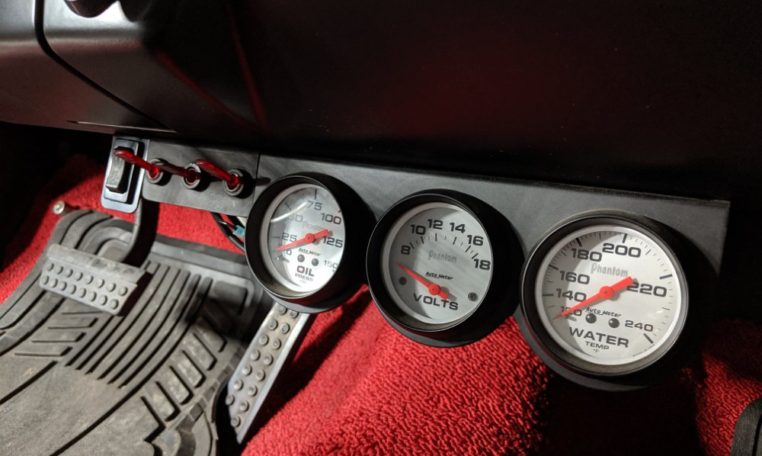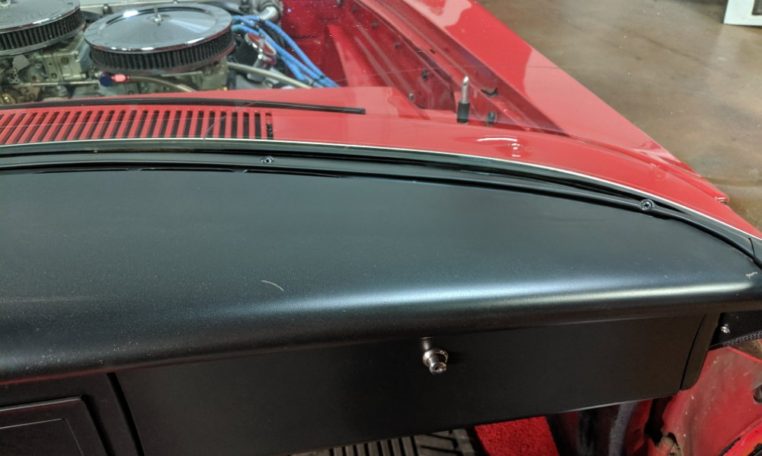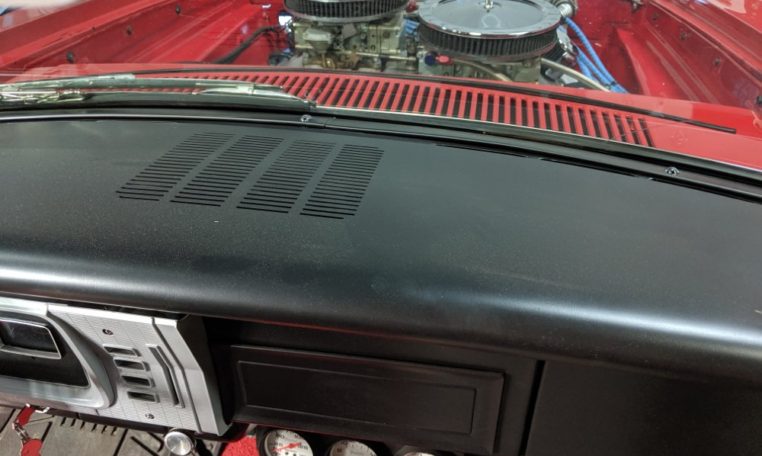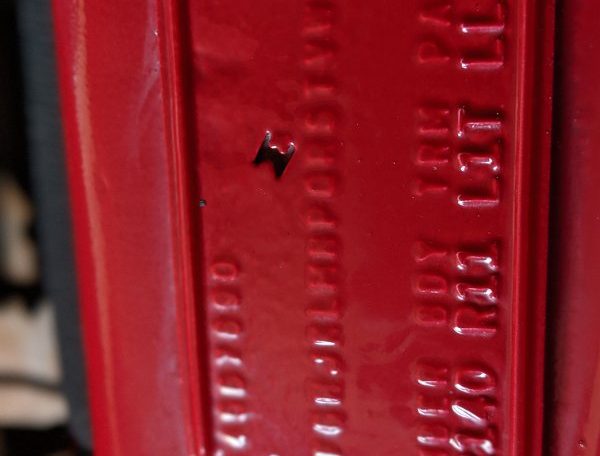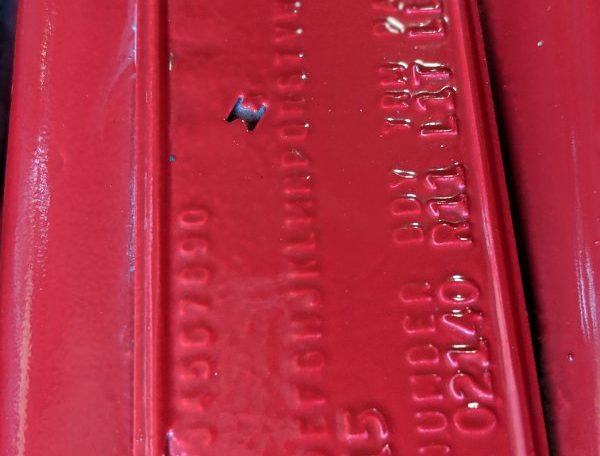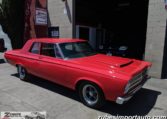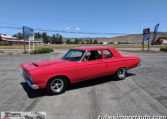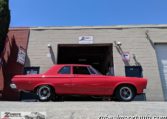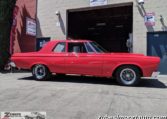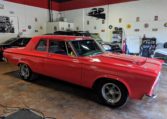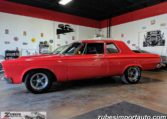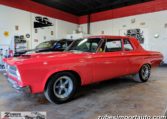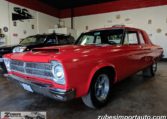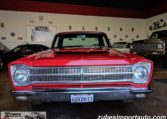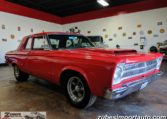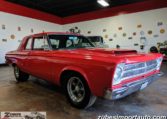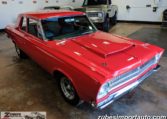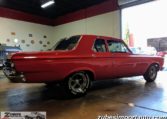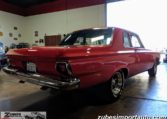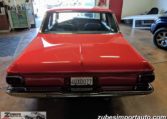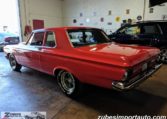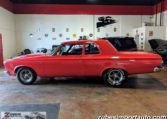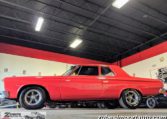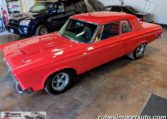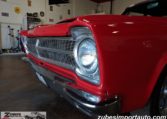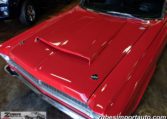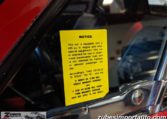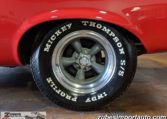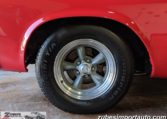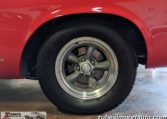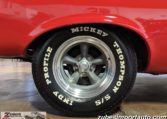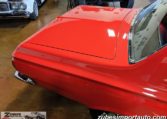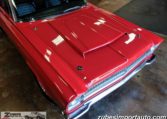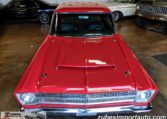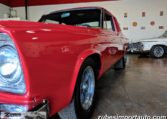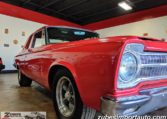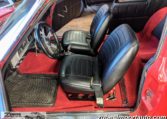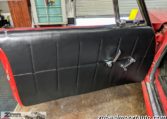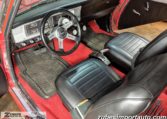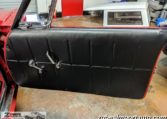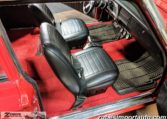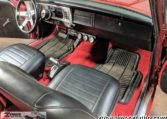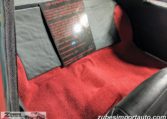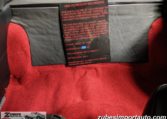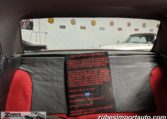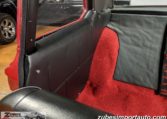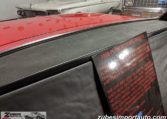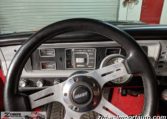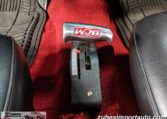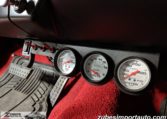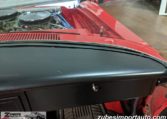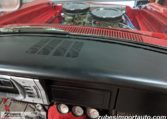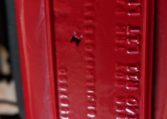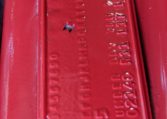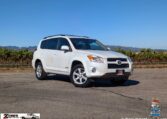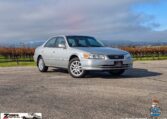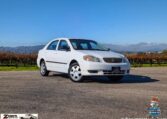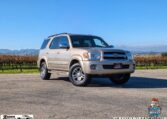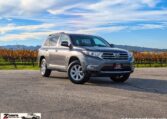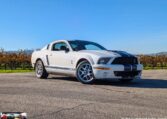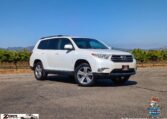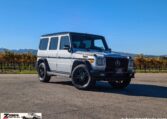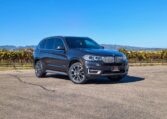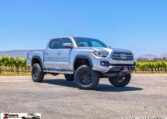1965 Plymouth Belvedere 426 Hemi A990 Super Stock Tribute
A Tribute to the 101 Super Stock Plymouth's Produced for NHRA Super Stock in 1965$47,500
$44,995
Plus Taxes & LicensingSoldTHE HEALTH & SAFETY OF OUR CUSTOMERS IS OUR TOP PRIORITY!
DURING THE COVID-19 HEALTH CRISIS ALL VEHICLES ARE AVAILABLE BY APPOINTMENT ONLY
CALL 805-541-9823 OR EMAIL US: ZUBESIMPORTAUTO@GMAIL.COM
- Offering a no-contact purchase and delivery
- All vehicles are sanitized before and after each test drive with particular attention to steering wheels, controls, and door handles. We are allowing our guests to take test drives without others in the vehicle.
- You will be offered a new pair of disposable gloves each time a vehicle is moved and cleaned to prepare for your test drive.
- During this challenging time, many people have concerns about their public interactions. If you have a planned Sales Visit, we look forward to seeing you and want to reassure you that we are doing everything we can to promote a safe and secure experience.
This ’65 Plymouth Belvedere 426 CI Hemi is for the die hard MOPAR enthusiast who is missing a Plymouth Belvedere HEMI A990 lightweight TRIBUTE in their collection! Beautiful era-correct Ruby Red Hemi Mopar muscle car built to mimic the Race Hemi Belvederes assembled for the 1965 model year with 101 total units produced to compete against Ford and Chevy in the NHRA Super Stock class.
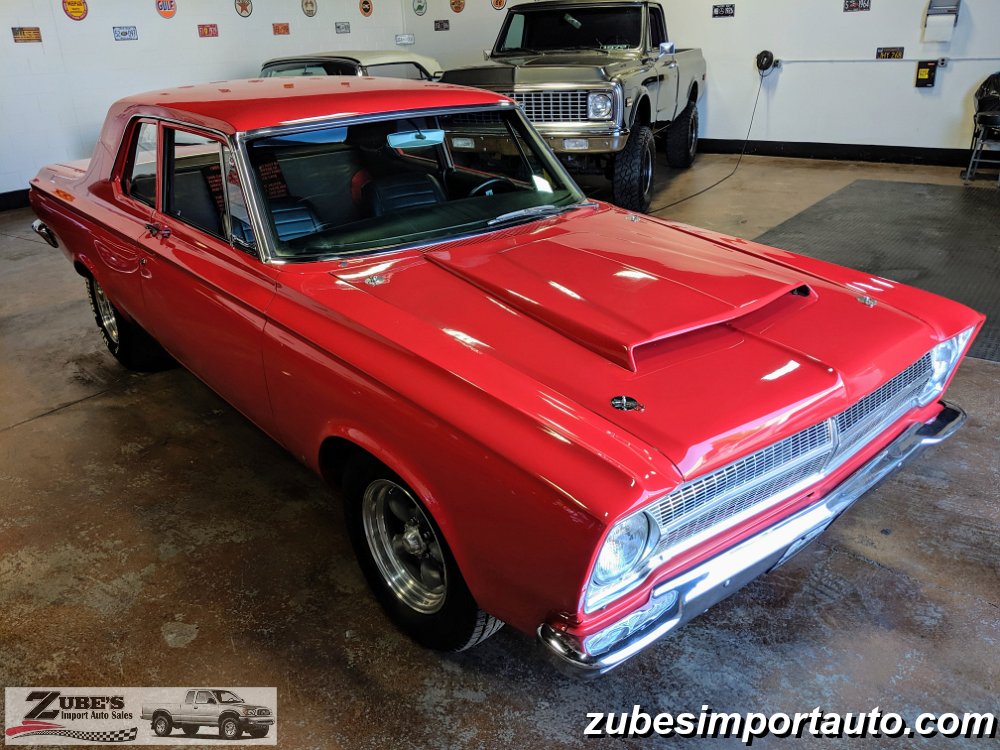

This car was built as a radio, heater, and back seat delete. Arm rest, side mirrors also deleted with one windshield wiper, and a fiberglass hood. Rear side windows are plexiglass. Don’t miss out on this rare chance to own one of the Iconic drag cars of the 60’s! This 426 HEMI does not disappoint!!! Turns heads everywhere it goes and one you rarely see at ANY car show. If you want an American Muscle car that stands out from the rest look no further. This Mopar was put together by professionals and is very well thought out. This is the one you want.
FINANCING & WORLDWIDE TRANSPORT AVAILABLE
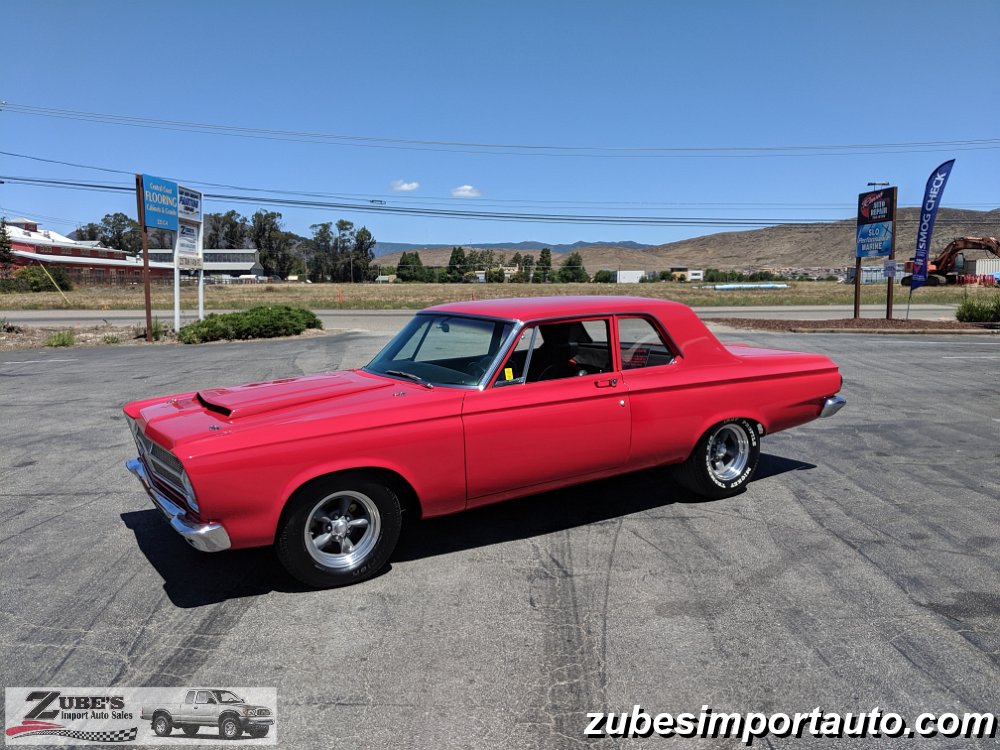
$25,000 alone IN BUILT 426 CI HEMI WHICH INCLUDE:
- Professionally Built by former Nascar engine builder
- Correct 426 Hemi Block with Indy Stroker Kit (indyheads.com)
- Bored, Stroked & Balanced
- Indy High Port Heads
- Forged Stroker Crank
- H-Beam Piston Rods
- Indy Blueprinted Oiling System
- Full MSD Ignition with Billet Distributor
- Modified Belt-Driven full aluminum water pump & housing
- Street-style alternator & Starter
- Correct Magnesium Cross Ram Air Intake Manifold
- Twin 650 4BBL Holley Carburetors
- Custom 3″ Stainless Steel Headers
- Custom 3″ Exhaust with crossover pipe
- Dual Dynomax mufflers
- Custom aluminum Ron Davis radiator with shroud & dual electric fans
- Moroso Blue Max Ignition Wire Set
- MSD High Voltage Ignition Coil
- Stainless steel flexible radiator hoses
- Moroso Valve Cover Breathers
- Jegs Fuel Pressure Regulator w/ Gauge
- Trans cooler/ Elephant Ears
- Runs great on PREMIUM pump gas

HIGHLIGHTS
- Clear California Title
- Street Legal
- 100% Solid – *NO HITS* – *RUST FREE*
- BODY/FENDERS/DOORS/FLOORS/AND TRUNK NEVER CUT UP*
- TRIM TAG INTACT
- FIBERGLASS HOOD w/ Hood Pins & extended rods to raise hood for car shows
- BASE COAT/CLEAR COAT RUBY RED
- ALL BRIGHT WORK IN GREAT CONDITION
- WEATHERSTRIPPING/WINDLACE/WINDOW WISKERS REPLACED 2011
- All Brakes (Front Disc/ Rear Drums) replaced
- Brake Lines replaced
- Correct Super Stock suspension
- Shocks & Springs Replaced (KYB Gas-A-Just front/rear)
- Transmission: 727 TorqueFlite 3-speed automatic
& TransGo Shift Kit - Era-correct American Racing Torq Thrust D wheels
- Correct 8.75-inch rear axle / Sure Grip differential / 3.55 gears
- Era-Correct Ruby Red Color
- Gary Ball Interior with lightweight Super Stock bucket seats
- Interior in Show Quality
- Original body- never cut up, no welded in roll bar, or mini tubs to detract from the ultimate value of car
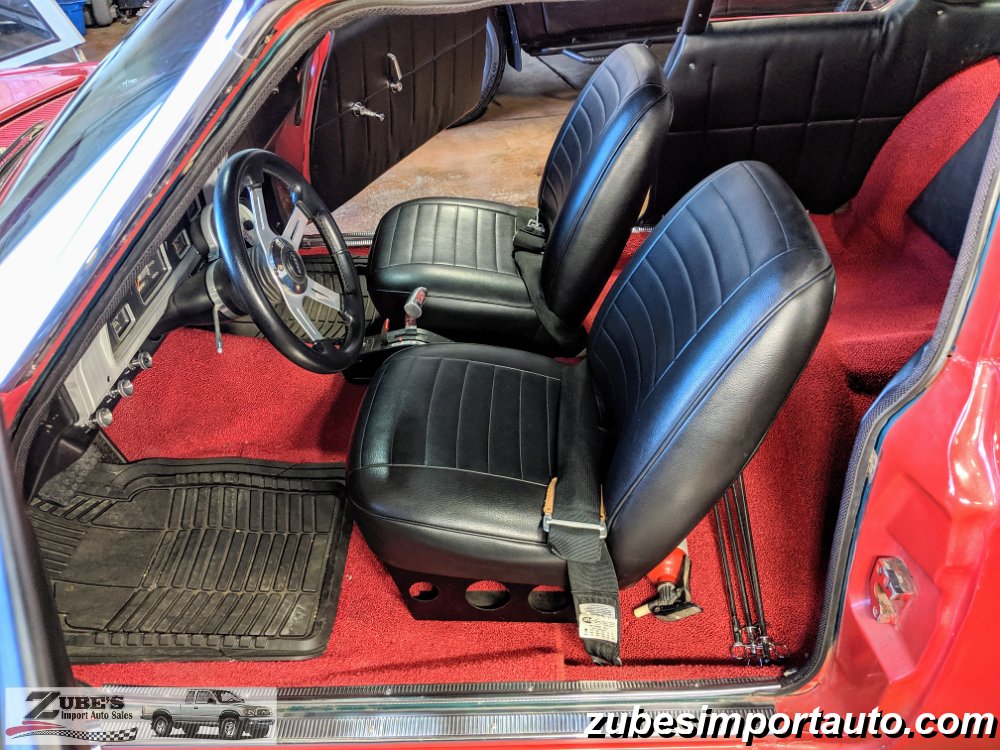
MAINTAINED BY CLASSIC AUTO WORKS OF OCEANO, CA
https://classicautoworks.net/

***ITEMS REPLACED OVER THE YEARS BY CURRENT OWNER***
- Universal Dip Stick
- Mopar Gear Set 3.55’s from 4.56s to make streetable
- Gear Lube service
- Valvoline VR1 Race oil
- KYB shocks front/rear
- Kickdown Cable Kit
- Hughes Performance Pro-Street 30 Series Torque Converter
- TCI Street Fighter Valve Body
- Trans Filter
- Dexron ATF
- Master Cylinder
- Brake Fluid

OTHER HIGHLIGHTS INCLUDE:
- Doug’s Electric Cut-Outs for street/strip
- Autometer tachometer mounted on right side steering column
- Grant Steering Wheel
- B&M PRO Ratchet Shifter
- Mickey Thompson S/S Indy Profile rear tires L60-15
- BFG Radial T/A P215/70R15 front tires
- Interstate Mega-Tron Plus battery
- Wisco Products 17 gallon plastic fuel cell
- Mallory Comp High Efficiency 500 Series Fuel Filter
- Rear mounted battery
- Heavy Duty cables with fuel cut-off switch

BRIEF HISTORY ON THE ’65 SUPER STOCK CLASS
In late 1964, as the new 1965 cars began to roll off the assembly line, Chrysler’s Detroit Lynch Road Assembly Plant became a hotbed of performance. A special A990 version of the Race Hemi was available in either the new Dodge Coronet or Plymouth Belvedere. The engine retained the 12.5:1 compression ratio and 425hp output rating from its introduction the year before, but it benefitted from several internal improvements, including a redesigned solid-lifter cam, aluminum cylinder heads, and a magnesium intake manifold. The bodies receiving these engines had thin-gauge steel components and lightweight Corning glass in the doors, rear-quarters, and backlight. To qualify for the NHRA’s Super Stock classes, 100 units of each had to be built. Out of the 101 Plymouth Belvedere Super Stock A990 built, 14 came with 4-speed transmission and out of those only one was painted in Bright Ruby Red.

DON’T MISS OUT ON THIS BEAUTY!
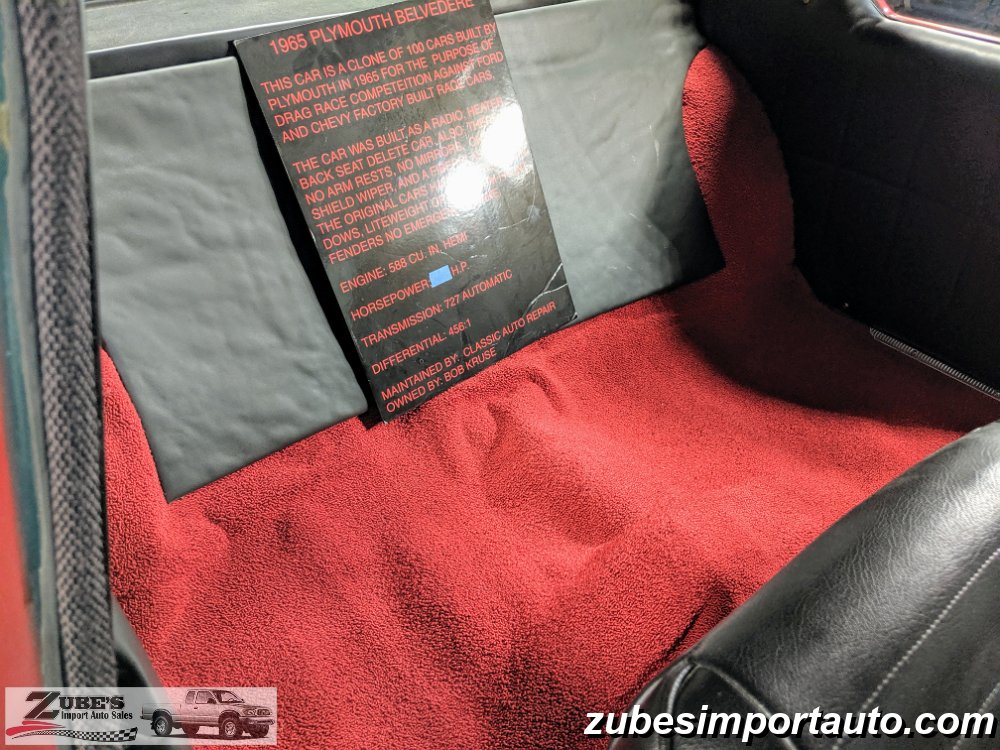
DON’T FORGET TO WATCH OUR WALKAROUND VIDEO ON YOUTUBE!


…
| The rules for 1965 remained basically the same as they had been for 1964. However, there were a few big changes. One major change was an increase in the number of units produced to qualify for any stock class. In 1964, it had been established at 50 units. This was doubled in 1965 to 100 units produced. In the top stock classes, i.e. S/S, S/SA, AA/S, and AA/SA, NHRA approved using any flat- tappet camshaft — the first real change allowed in a stock engine. Tubular exhaust headers could now have 3 1/2” open outlets, known as collectors or dump tubes, and replacement mufflers could be any type as long as they met the minimum length of 18”. |
|||||||||||
 |
|||||||||||
| To answer the challenge of the SOHC Comets and Mustangs, Chrysler developed the altered wheelbase super stocker. The rear axle assembly was moved forward a full 15 inches, and the front axle forward 10 inches, dropping the wheelbase to 110 inches. This is the Golden Commando Plymouth undergoing final preparation for paint. (NHRA via Brent Hajek) |
|||||||||||
| In the Factory Experimental classes, there was now a rule about altering the wheelbase, which could be relocated a maximum of 2% of the total wheelbase. The wheelbase standard itself, was established at 114” for any vehicle with a 427ci powerplant. Lightweight components, such as aluminum or fiberglass front end assemblies, were legal only in FX classes, unless a minimum of 100 parts or assemblies had been produced. Fenders could be altered for wheel/tire installation.For tire requirements, FX cars could use anything that would fit in the wheelwell. Tires for Stock class cars were again limited to 7” maximum width and must have at least two 1/16” grooves or tread to qualify as an on-the-street tire. Custom wheels were allowed in Stock classes as long as they weighed more than the original equipment wheels. Magnesium wheels were allowed in FX classes. Modified Production rules remained the same as they had been in 1964. Because of the release of the new Ford Single Overhead Cam 427 Hemi-head engine, NHRA was forced to allow use of the roller lifter in FX classes. |
|||||||||||
| One of the interesting sidelights in the 1965 NHRA rules was the beginning of factory horsepower “ratings.” The car manufacturers, to get around safety and insurance problems, were underrating the advertised horsepower in many of the cars built from 1963 on, especially those at the very top of the factory hot rod list. Chrysler rated the Dodge and Plymouth 426 super stock engines at 425 horsepower. They then rated the new Hemi engine at the same 425 hp, even though it was evident the Hemis were putting out at least 50-75 more horses than the old wedge combination. Competition results clearly indicated that the engine was putting out in the neighborhood of 500 horsepower.NHRA decided to begin rating the horsepower on stockers based on their own calculations, which in turn were based on things like dynamometer readings and competitive performance, i.e. elapsed times and speeds that indicate how much horsepower a particular engine was really producing. They did however, pick and choose the engines they were going to re-rate. These included several Junior Stock class entries as well as the Top Stock guys. The little guys racing in Jr. Stock were really caught unaware. In early 1965, you really didn’t know what class you were assigned to until you got to the track, even though you had built your car for a specific class based on existing rules. |
|||||||||||
| The AHRA didn’t have this type of problem in any class, as it rated all stock class vehicles by cubic inches-to-weight ratio first, then by carburetion type, then by camshaft. It made for a lot more classes, thus more guys were actually winners at the track, but it was a puzzler to the casual observer. AHRA officials said it had been getting too difficult to determine if a camshaft was stock or not, especially in light of the new legal replacement cams that many aftermarket manufacturers were selling, so they simply legalized all camshafts for use in stock classes. |
|||||||||||
 |
|||||||||||
| Shirley Shahan, the “Drag-On- Lady,” comes out of the gate at Carlsbad Raceway in late 1964 with her new ‘65 legal S/SA Plymouth. Her Plymouth, prepared by Butch Leal and her husband H. L. Shahan, was a consistent winner on the West Coast in 1965. It would be 1966 before she won her first major title. (Glenn Miller) |
|||||||||||
| Dodge and Plymouth For 1965, the Chrysler engineers seemed content with the amount of horsepower that the big 426 Hemi was capable of producing. The S/S and FX cars were virtually identical to the late 1964 models that had been the scourge of the nation’s drag strips. In fact, more than one competitor simply put new 1965 sheet metal on an old ‘64 racer and went to the strip. As the old saying goes, “If it looks like a duck and sounds like a duck, it must be a duck!” The 2% altered wheelbase cars were again forced into A/FX class, where they were competitive but not dominant. Stock wheelbased cars owned both S/S and S/SA classes, but then, they were the only cars that met class requirements.Just prior to the 1965 NHRA Winternationals meet at Pomona, Chrysler released four new vehicles to compete in A/FX class: two Dodges and two Plymouths. The cars were standard S/SA hardtops, i. e. lightweight front end packages and Hemi engines, but with the allowed 2% wheelbase alteration. On the West Coast, Dick Landy got a Dodge and Tommy Grove drove the Melrose Missile Plymouth; while back in Detroit, the Ramchargers Dodge and Golden Commandos Plymouth were finished just in time for the NHRA Big Go West. Grove’s Missile made it all the way to the finals before losing to Bill Lawton and the Tasca Ford A/FX SOHC-motored Mustang. The Mustangs and Comets were clearly the class of the FX competition and Chrysler had to do something. The “something” had actually been underway for a couple of months, and would create a new term in drag racing — Funny Car. |
|||||||||||
| Chrysler took twelve standard super stock race cars from the production line — eight new production S/S cars plus the four A/FX cars that had been at Pomona. The twelve cars were completely disassembled and gutted. The body panels were put in an acid dip tank and when they were removed, some were so thin that it seemed light could be seen through the metal. Then the real modifications began.Just behind the front seat, 15” of the floor pan were removed and the entire rear floor back to the trunk area was cut and moved forward. This placed the rear spring mounts and axle housing 15” forward of their original position, bringing the rear wheels to a position just under the rear windows. Naturally, the rear fenders were also cut out and moved forward to bring them inline with the new rear wheel position. A steel patch panel was welded into place behind the altered rear wheel well, and the entire rear quarter area was then finished and primed. |
|||||||||||
 |
|||||||||||
| Don Nicholson’s SOHC Comet Cyclone at Piedmont Drag Raceway in March 1965 for a match race with the Sox & Martin Plymouth. Bill Stroppe prepared three ‘65 Comet Cyclones for A/FX competition, with fiberglass front fenders, hood, and bumper. With a stock wheelbase and running pump gas, Nicholson’s Comet would easily run mid-10s. (Author’s Collection) |
|||||||||||
Browse through the vast selection of vehicles that have recently been added to our inventory.
